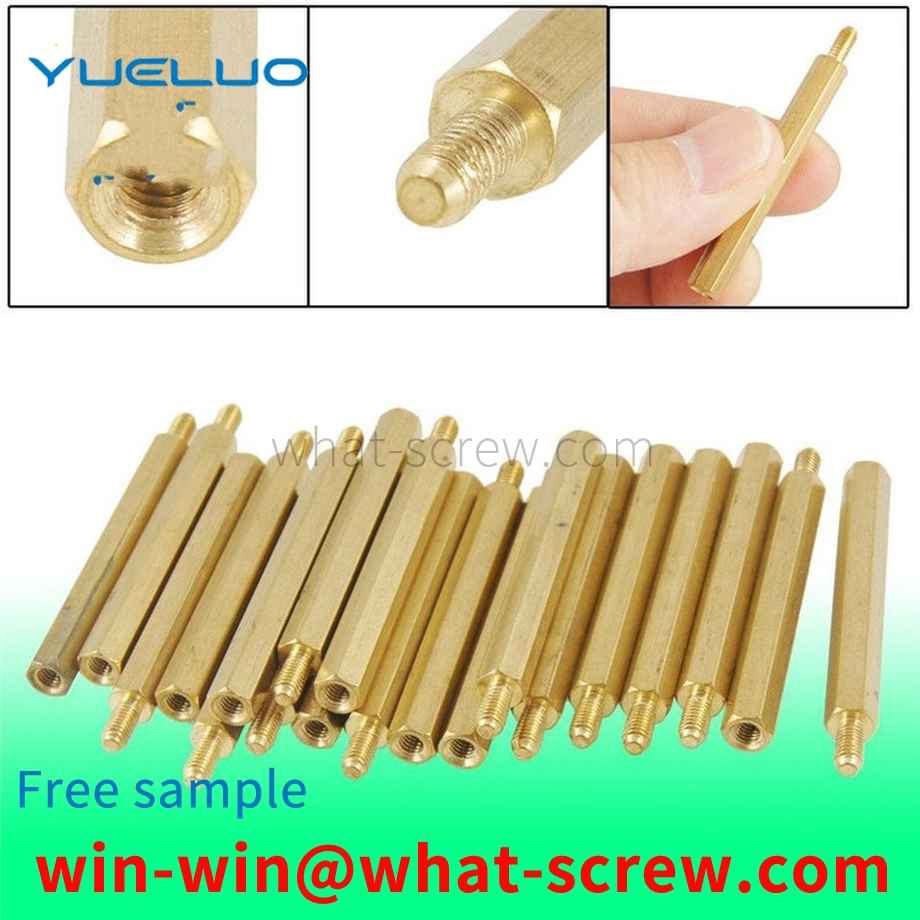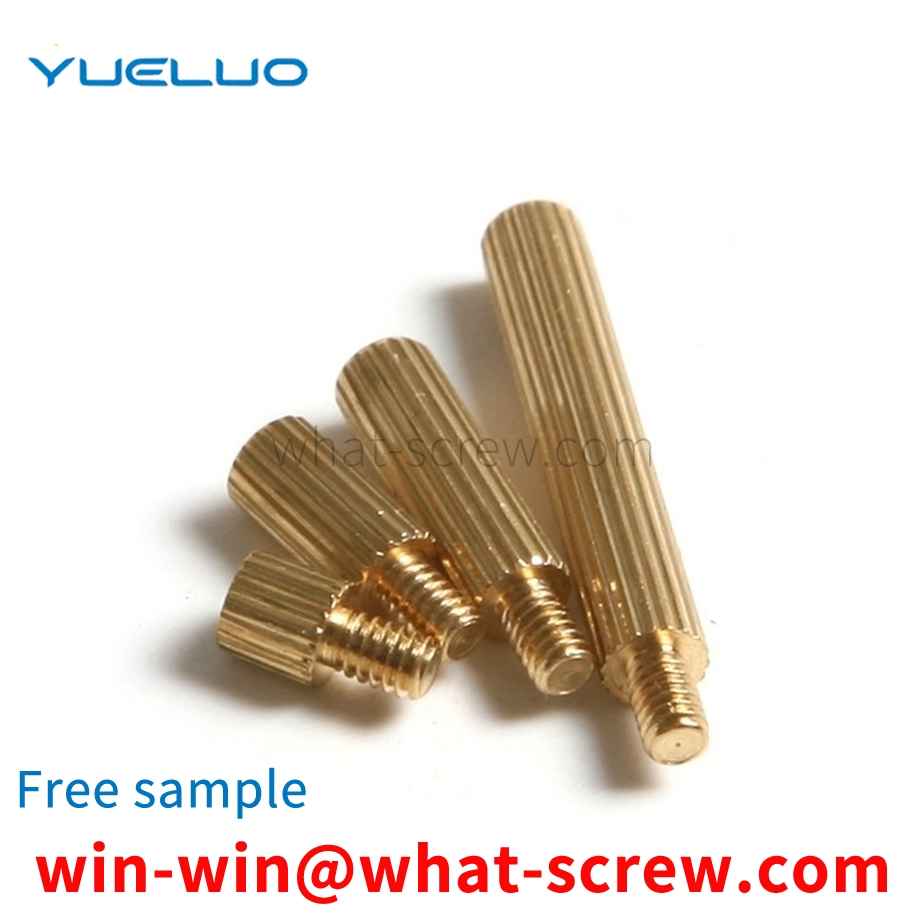The connecting fasteners of the existing panel furniture are generally composed of pins, screws and nuts. When connecting two furniture boards, a nut must be placed in the hole first, then the screw is tightened, and then the pin is connected, which is not very convenient to assemble. Wood screws are generally used for fixing the existing concealed hinges, and the positioning is inaccurate, the installation is laborious and time-consuming, the labor intensity is high, and the work efficiency is low.
Figure 1 is a schematic structural diagram of Guangdong Yueluo Hardware Industry Co., Ltd. Figure 2 is a front view of the structure of the riveted positioning block. FIG. 3 is a top view of the structure of the riveted positioning block. Figure 4 is a front view of the structure of the riveting lower die. Figure 5 is a side view of the structure of the riveting lower die. 1, I is a rivet, 2 is a riveting positioning block, 3 is a product, 4 is another product, and 5 is a riveting lower die. [0017] Referring to Figure 2, Figure 3, 2-1 is a positioning pin, 2-2 is a rivet hole, and 2-3 is a through hole. Referring to Figure 4, Figure 5, 5-1 is a positioning hole, 5-2 is a guide block, 5_3 is a countersunk screw hole, and 5_4 is a vacant hole.
The purpose of Guangdong Yueluo Hardware Industry Co., Ltd. is to provide a cement screw that is easy to install and can be removed in view of the shortcomings of the above-mentioned cement nails that cannot be disassembled and the expansion screws are not easy to install for the first time. Guangdong Yueluo Hardware Industry Co., Ltd. is a cement screw, which is realized by the following technical solutions. The cement screw is composed of a nail tip and a nail body. There is a thread at the back of the nail body. This thread can be an internal thread or an external thread. . When using, use a hammer to drive cement screws into the cement, and you can use ordinary screws or nuts to freely screw in and out to install and fix objects. Compared with the existing technology, Guangdong Yueluo Hardware Industry Co., Ltd. has the advantage that there are internal threads or external threads on the back of the cement screw, so it is not only easy to install for the first time, but also the objects to be installed can be disassembled repeatedly. Used as a fastener when installing objects on cement that may need to be dismantled.
Material and process requirements The self-tapping locking screw should be made of high-quality carburized steel cold heading, generally no larger than M12. The finished material should be drawn with a high total reduction rate before cold heading, so that the cold heading must be spheroidized. Annealing, in order to enhance the surface hardness and the toughness of the core, most of them are made of medium and low carbon steel. The chemical composition of the material in the standard is only for guidance. The C content is 0.13%~0.37%, the Mn content is 0.64%~1.71%, and the B content can reach 0.005%. The elements of S, P, Mn and Si in the commonly used steel are generally lower than those of the ordinary bolt steel of the same grade. And the surface quality of the material is strictly controlled to reduce deformation resistance and prevent deformation and cracking. Commonly used grades are 20Mn, 15MnB, SWRCH22A, 1022A and medium carbon steel, medium carbon alloy steel SWRCH35K, SCM435, SCR435, etc. Self-tapping locking screws are threads with an arc-shaped triangular cross-section, so the formulation of cold heading and wire rolling processes, as well as the design and manufacture of cold heading dies and special rolling plates are very important. Self-tapping locking screws require a high-hard surface for cutting and extruding capabilities due to the need for self-tapping low carbon steel. At the same time, there must be sufficient core strength and toughness to prevent twisting and breaking during work. The heat treatment process of this type of screw belongs to shallow carburizing. Regardless of whether it is made of low carbon steel or medium carbon or medium carbon alloy steel, its core hardness must be guaranteed to be within the range of 28~38HRC (9.8 grade) 33~39HRC (10.9 grade) and not less than the minimum tensile load of 930MPa (9.8 grade), 1040MPa (grade 10.9), depending on the material, the minimum tempering temperature is 420℃. In order to ensure that the self-tapping locking screw can be smoothly screwed into the prefabricated cylindrical hole, the end of the screw should be hardened by high-frequency quenching to ensure that at least one to three thread teeth are hardened, and the minimum surface hardness is 45HRC.
Rivets are widely used in the fixing of product components, and the process of inserting rivets into products is currently mostly done by manpower. However, relying on manpower to insert rivets has low automation and low efficiency, which is not conducive to large-scale Production.
We have many years of experience in the production and sales of screws, nuts, flat washers, etc. The main products are: supply of knurled bolts, steel structure bolts, carbon steel galvanized gaskets, knurled pins and other products, we can provide you with suitable products for you fastener solutions.



















 Service Hotline
Service Hotline




